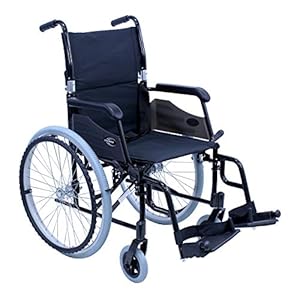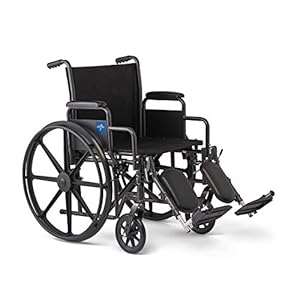
Yearly, tens of millions grapple with the challenges of Alcohol Use Dysfunction (AUD). This dysfunction isn’t merely a penchant for consuming; it’s a deep-rooted situation with bodily, emotional, and societal implications. The journey to restoration could appear daunting, however with understanding, steerage, and dedication, many discover their method again to a satisfying, alcohol-free life.
The Silent Epidemic of AUD
The World Well being Group reviews that over 58 million folks globally undergo from AUD[1]. This quantity illustrates not only a well being disaster but in addition the necessity for complete and compassionate treatment programs.
Recognizing the Want for Assist
Signs of AUD:
– Bodily dependence: Experiencing withdrawal signs when not consuming.
– Lack of management: Lack of ability to restrict one’s consuming or continually serious about alcohol.
– Tolerance: The necessity to drink rising quantities to really feel its results.
– Interference with day by day life: Neglecting private {and professional} duties.
Acknowledging the issue is commonly probably the most important step. It’s a testomony to 1’s energy and self-awareness, paving the best way for restoration.
The Pillars of AUD Therapy
1. Cleansing
The preliminary section of any therapy, detoxing, includes clearing alcohol from the physique and managing withdrawal signs. In extreme circumstances, medical intervention and supervision may be essential to handle potential problems like seizures or hallucinations[2].
2. Behavioral Counseling
Publish-detox, behavioral therapies play a pivotal function. By means of particular person or group remedy, people can handle the psychological features of their habit, equipping them with coping methods, rebuilding damaged relationships, and reintegrating into society.
3. Medicine
A number of FDA-approved medicine help within the therapy of AUD, together with Disulfiram, Acamprosate, and Naltrexone[3]. These may also help scale back cravings, keep at bay the adversarial results of consuming, and even create aversion to alcohol.
4. Mutual Assist Teams
Becoming a member of teams like Alcoholics Nameless (AA) provides a platform for sharing experiences and drawing energy from friends. Such teams usually present the emotional and ethical help essential for long-term restoration.
5. Aftercare and Continued Assist
Restoration from AUD is an ongoing course of. Continued remedy, common check-ins, and staying engaged with help teams assist preserve sobriety and scale back the danger of relapse.
The Household’s Function in Therapy
Household help can’t be understated within the struggle towards AUD. Household remedy classes educate family members concerning the nature of the dysfunction, guiding them on tips on how to provide help with out enabling. This collective strategy usually accelerates the therapeutic course of.
Overcoming AUD isn’t nearly quitting alcohol. It’s about reclaiming one’s life, relationships, goals, and aspirations. And whereas each particular person’s journey is exclusive, the underlying thread of hope and resilience binds all of them.
AUD would possibly forged an extended shadow, however with the fitting therapy and a permanent spirit, the promise of a brighter, alcohol-free future awaits.
References:
[1]: [World Health Organization. “Alcohol.”](https://www.who.int/health-topics/alcohol)
[2]: [National Institute on Alcohol Abuse and Alcoholism. “Treatment for Alcohol Problems: Finding and Getting Help.”](https://www.niaaa.nih.gov/publications/brochures-and-fact-sheets/treatment-alcohol-problems-finding-and-getting-help)
[3]: [National Institute on Alcohol Abuse and Alcoholism. “Medications for Alcohol Use Disorder.”](https://www.niaaa.nih.gov/publications/brochures-and-fact-sheets/medications-alcohol-use-disorder)
Trending Merchandise










![[2025 Upgrade] Aotedor 30 Miles Long Travel Range, Electric Wheelchair for Adults Power Wheelchairs Lightweight Foldable All Terrain Motorized Wheelchair for Seniors Compact Portable Airline Approved](https://m.media-amazon.com/images/I/51vZJPDMrOL._SS300_.jpg)
